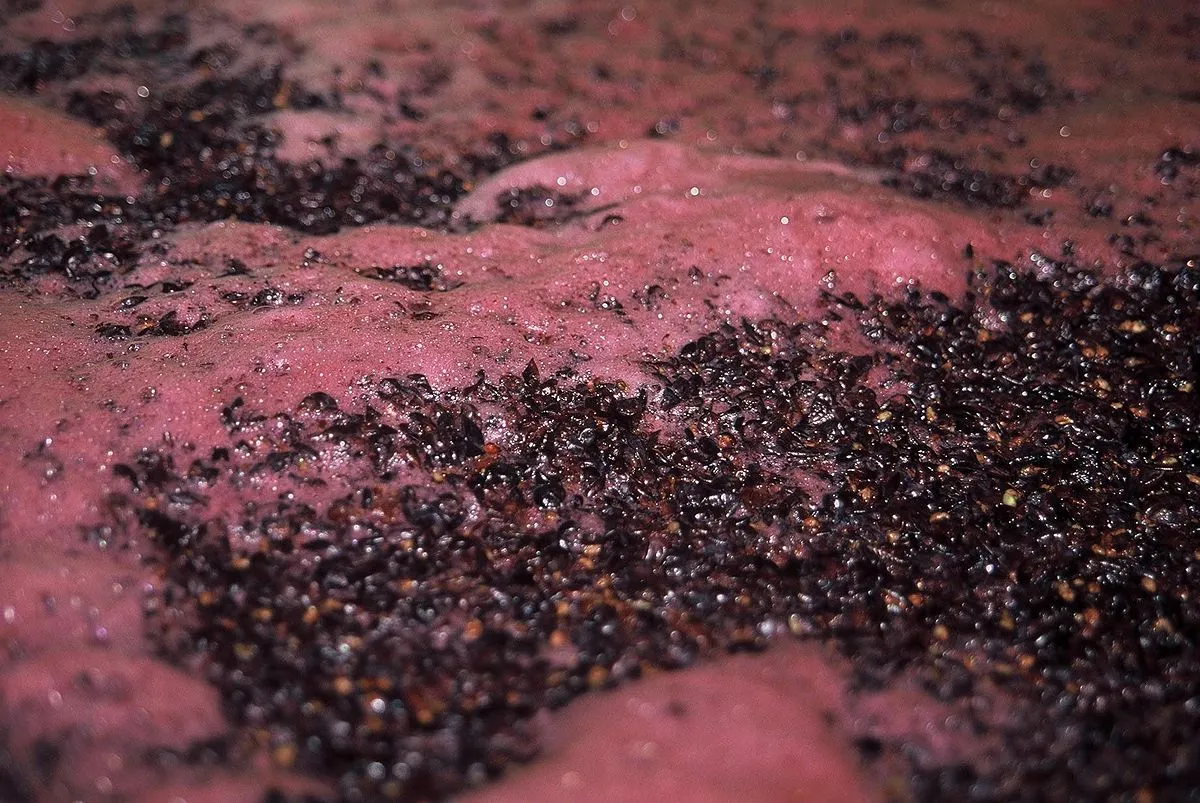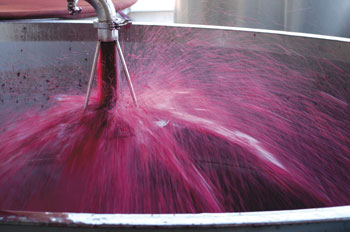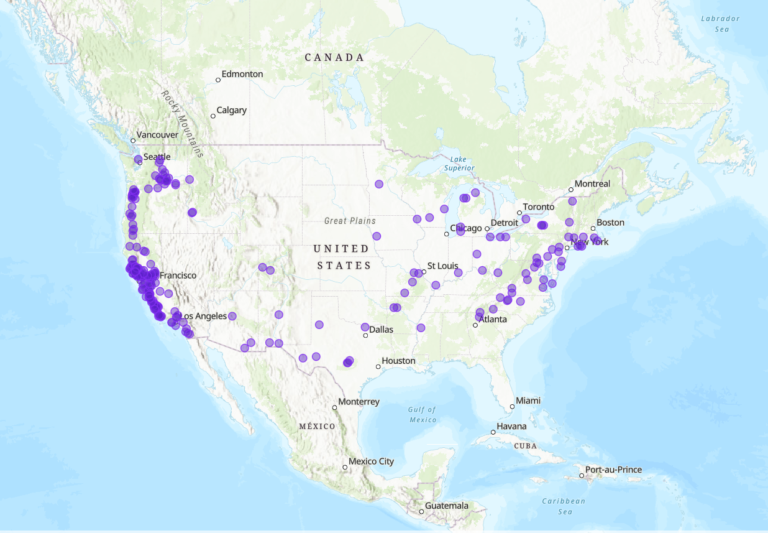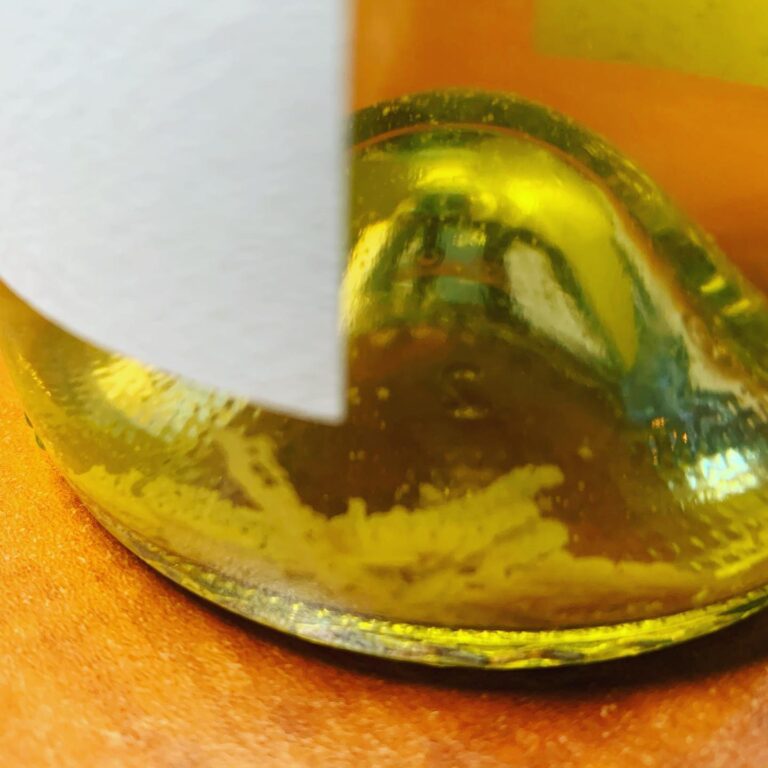Before we can get into what pump overs and punch downs are, we need to discuss why they are necessary. During fermentation, the yeast are consuming the sugar in the fruit. The result is the production of alcohol YEAH! and Carbon dioxide. BOO!
Carbon dioxide causes the grape solids, which are the skins, seeds and stems to rise. The gas is kept below this layer known as the cap. If the cap remains the wine is going to run into some problems.
First and least detrimental is the color of the wine will not be extracted. Since there is little contact between the juice and skins, the color and flavors won’t be extracted, creating a lackluster wine.
Another issue and another disastrous one is that another sidebar of fermentation is increased temperature. As the temperature rises, if the cap is not broken, it will act like an insulator and retain the heat. The yeast are susceptible to temperatures and if it raises too high, the yeast will be killed. No more yeast means no more fermentation. If they haven’t eaten all of the sugar yet, it will remain in the wine. This is known as a stuck fermentation and is typically not what winemakers want to happen. Although it was a great mistake for Sutter Home and the creation of White Zinfandel.
Another concern with the cap not being broken open is that oxygen can’t get in. Now, yes, too much oxygen in wine is a bad thing, but it is needed in small amounts in order to prevent acetobacter, different microorganisms, from taking over and going through lactic acid fermentation and basically creating vinegar.
Have you been missing the weekly Exploring the Wine Glass posts? They have moved. Sign up below to receive notification of new posts. Subscribe to Dracaena Wines’ blog in the sidebar on this page.
Another important aspect of oxygen being introduced into wine is how it helps the yeast tolerate alcohol. Since alcohol is a byproduct of the yeast, it technically is harmful to them. So as alcohol increases in the wine, it can ultimately kill them. Oxygen has an effect on the cell membranes of the yeast and sort of act like a shield and allows them to tolerate a bit more alcohol.
So it is extremely important to be able to manage the cap. We need to have a way to break it open and allow the oxygen to enter and to keep the juice in contact with the skins. There are two main ways that winemakers break open the cap.
The first is a punch down. This is thought to be more aggressive than a pump over. Since you are physically pushing the cap down, it increases skin extraction, promotes extraction, and increases the tannic structure of the wine. So depending on the variety, a winemaker may not wish to do a punch down. Higher tannic wines, such as Cabernet Sauvignon, may have a negative impact if punchdowns are done.

Pump overs work sort of in the opposite direction. Where punch downs push the caps down to release the juice, pump overs take the juice from the bottom and respray it over the top of the cap. It is thought to be more gentle. During a pumpover, the fermented juice is recirculated over the cap, but the cap is not broken up.
The number of times a winemaker does a punch down or pump over varies depending on the variety and the expected outcome. Often, it is done more frequently at the early stages of fermentation and less often as the fermentation becomes closer to being complete.
At Dracaena Wines, we do manual punch downs two times a day. Since everything is done in small batch fermentations, we find this a more feasible option, plus we want to extract the color from the skins and help promote that tannin backbone.
~Slàinte!
Please follow us on Instagram, Twitter, Facebook and Youtube for special offers. .
Try the 90+ rated and multiple Double Gold medal winning wines of Dracaena Wines and get a 10% discount off your first order. Click the banner below and use code “Explore” at checkout. 






